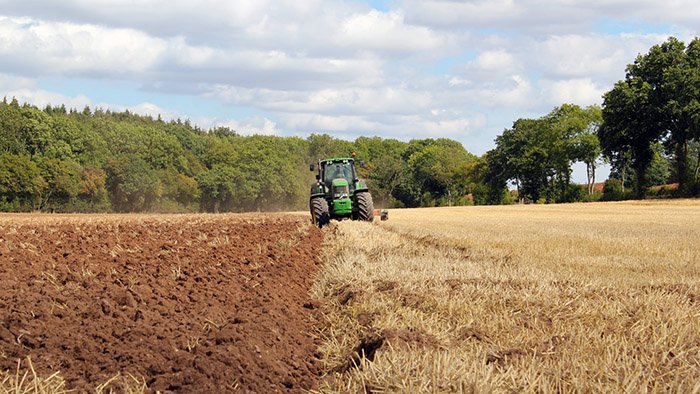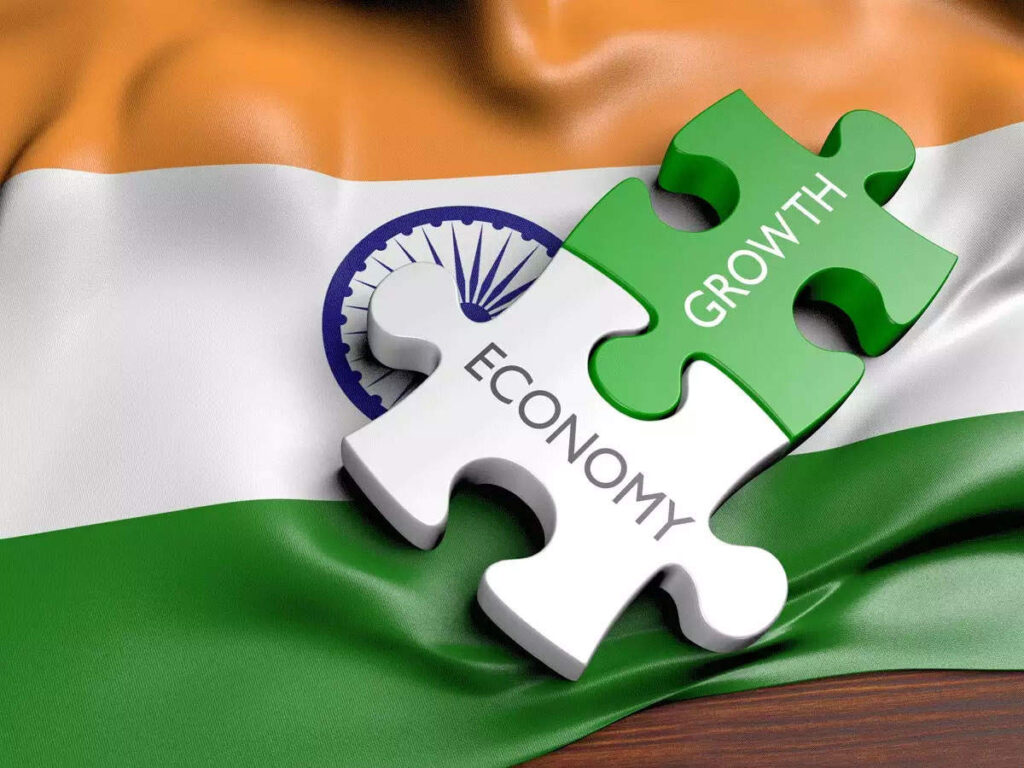How traditional farming impacts sustainability- An opinion piece by Hamilton-based leading soil scientist Dr. Gordon Rajendram
Traditional farming refers to the long-standing, often age-old agricultural practices that have been passed down through generations within a specific region or community. It encompasses a wide range of methods and techniques used by small-scale farmers who rely on time-tested practices and often work with limited technological advancements. Traditional farming practices are deeply rooted in […]

